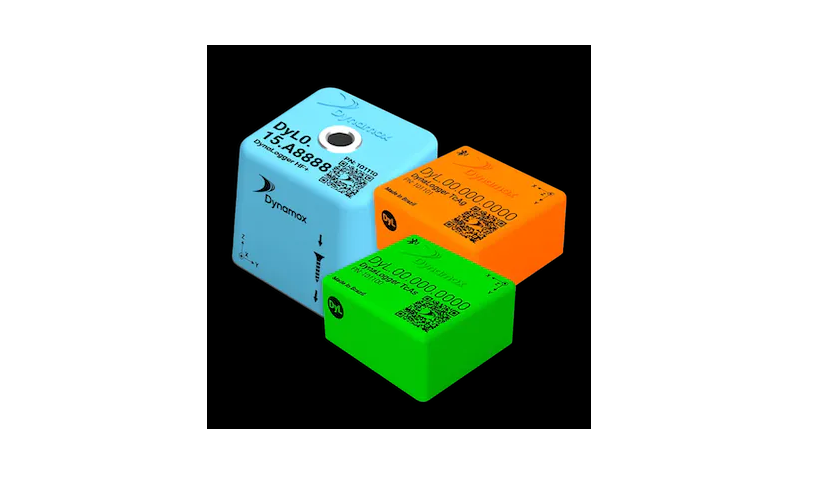In industrial settings, vibration sensors are essential for monitoring the health and performance of machinery. Traditional wired vibration sensors have been used for many years, but recent advancements in wireless technology have led to the development of wireless vibration sensors. These sensors offer several advantages over their wired counterparts, including flexibility, reduced cost, improved data quality, increased battery life, and real-time monitoring. In this article, we will explore each of these advantages in detail.
Flexibility
One of the primary advantages of wireless vibration sensors is their flexibility. Unlike traditional wired sensors, wireless sensors do not require complex wiring infrastructure and can be placed in hard-to-reach or hazardous locations. This makes installation, relocation, and reconfiguration much easier and more cost-effective. Additionally, wireless sensors can be placed in areas where it may be difficult or impossible to run cables, such as inside machinery, on moving parts, or in high-temperature environments.
Reduced Cost
Wireless vibration sensors can save money in several ways. First, they eliminate the need for expensive cables, conduit, and wiring infrastructure. This can be a significant cost in large installations, especially if the machinery is spread over a wide area. Additionally, wireless sensors require less labor and time to install, which can further reduce costs. Wireless sensors can also be reconfigured quickly and easily, which can help avoid the costs associated with rewiring.
Improved Data Quality
Wireless sensors offer high-quality data collection that is less prone to signal interference and noise. In wired systems, long cable runs and grounding issues can cause signal degradation and result in inaccurate data. Wireless sensors, on the other hand, use radio waves to transmit data, which is less susceptible to interference and noise. Additionally, wireless sensors can be configured to transmit data at higher frequencies, which can provide more detailed information about machine performance.
Increased Battery Life
Wireless sensors are battery-powered and can last for years on a single charge. This means that they require less maintenance and can be placed in areas where it may be challenging to replace batteries frequently. Additionally, many wireless sensors use low-power radio protocols, which can further extend battery life. This reduces the need for maintenance and ensures that the sensors are always operating at optimal levels.
Real-Time Monitoring
Wireless sensors can provide real-time data on machine health, allowing for quick detection of potential issues before they become critical. This can help prevent equipment failures and reduce downtime. Real-time monitoring can also help identify trends in machine performance, allowing for proactive maintenance and repairs. Additionally, wireless sensors can be integrated with machine learning and artificial intelligence algorithms, which can provide more sophisticated analysis and predictive maintenance capabilities.
Conclusion
Wireless vibration sensors offer many advantages over traditional wired sensors, including flexibility, reduced cost, improved data quality, increased battery life, and real-time monitoring. These advantages can provide significant benefits to businesses in terms of cost savings, improved machine performance, and increased uptime. As wireless technology continues to advance, it is likely that we will see more widespread adoption of wireless vibration sensors in industrial settings.
For the needs of Wireless Vibration Sensors, please contact PT Hyprowira Adhitama, as a Dynamox distributor in Indonesia.




